|
The past 12 weeks in the UC Climate Steward Program has been so inspiring. Feeling much more comfortable discussing shared values related to climate change. Below is a preview of an educational activity I developed for my capstone project. Of course the topic is redwoods and climate change, right?!?
0 Comments
Climate Change PerceptionsFive studies examine opposition to expert consensus on controversial scientific issues. Topics include vaccines and climate change. Results show that "the people who disagree most with the scientific community know less about the relevant issues, but they think they know more." It's important to note, investigators ruled out the possibility that the results were driven solely by demographic variables, including education level. Doing so did not meaningfully change any of the reported relationships in these studies. "The findings suggest that focusing on changing individuals’ perceptions of their own knowledge may be a helpful first step" for countering anti-consensus views. For example, the topic of climate change with anti-consensus individuals is to begin conversations with values. "We must protect people and places from being harmed by the issues facing our environment." If we establish a common ground with our audience that places us on good footing from the start. Check out my new blog, Climate Stewardship. Let’s use the greenhouse gas phenomena in this example of scientific processes. (The following is provided by the UC Climate Stewards' education program.) How might you work the value Protection into a conversation:
Missing Tree Rings Spell Danger For ForestsDr. Daniel Griffin is a dendrochronologist and assistant professor at the University of Minnesota. He studies climate and ecosystem change via tree ring data. This article caught my attention because I've been looking at coast redwood tree rings and am interested in the work done by Zane Moore at UC Davis and California State Parks in the Santa Cruz Mountains. Less than 5 percent of old growth coast redwoods are left along the California and Oregon coast, and many are over 1,000 years old. Tree rings tell a story, but can they predict the future health of a forest?
There is uncertainty in the science community about how long the ongoing drought and our ever-warmer climate are affecting these forests. Redwoods are great at adapting to water absorption using specialized shoots that vary from northern and southernmost forests. [1] But many are in the grips of a mega-drought and extreme fire events. [2] Will the coast redwoods’ missing tree rings spell out the future of the forests? Is the worst-case scenario avoidable? This 500 Year Old Tree in California Has a Story to Tell, by Daniel Griffin, New York Times, July 2022 If you have an RV, there's a way to help small farms, wineries, breweries, and even local museums. It's called Harvest Hosts. I've been a member since they started the app-based service, but somehow manage to stay the night at campgrounds, and the kids' driveways. Recently we stayed at a Harvest Host in the Santa Cruz Mountains, Burrell Vineyards and Winery, and it was super fun. Having access to the ridge top deck at sunset (after hours) was something special. Brought home some great wines as well. Yummmm!
A road trip before summer break is a leisurely way to enjoy remote highways, quaint towns, and chat with the locals—all before school gets out. It’s also unpredictable in terms of weather, but the tradeoff is stunning cloud formations, rushing rivers, lush green meadows, and wildflowers blanketing the hills! Below are some photos from the California coast, central Oregon, the Payette National Forest in Idaho, the Lolo Pass, and Montana. California included Bodega Bay, Fort Bragg, Avenue of the Giants, and Jedediah Smith State Park. Crater Lake, Oregon, Sisters, and heading east to Idaho. McCall, Idaho and driving along the Salmon River Lolo Pass to Montana—Missoula, Bison Range, and the Bitterroot
|
Archives
June 2024
Categories |

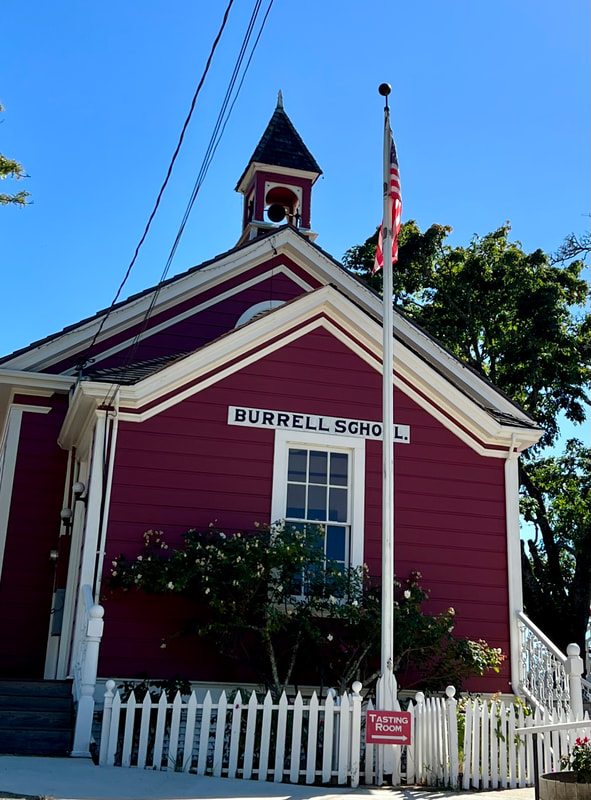









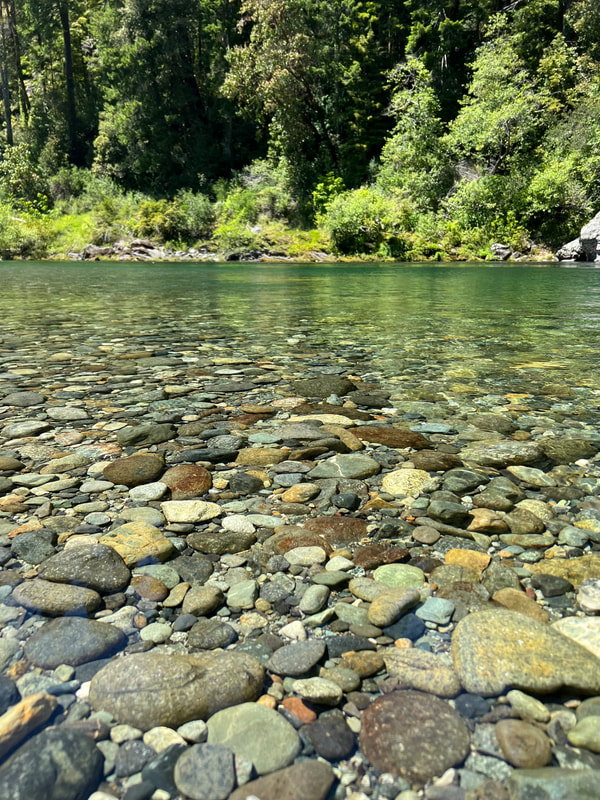





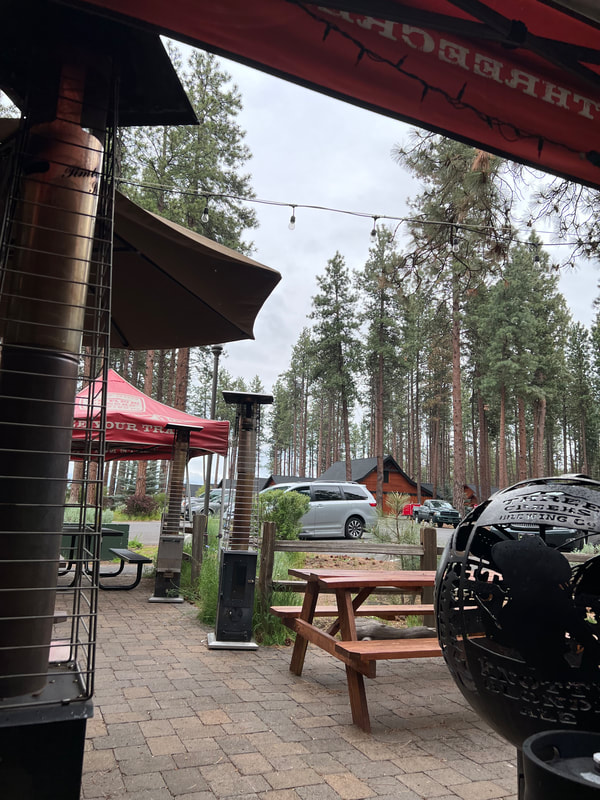






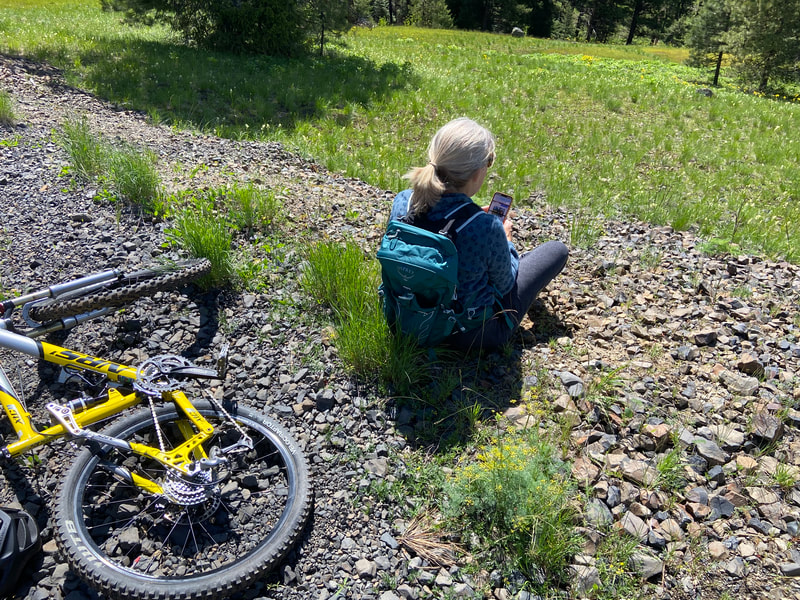
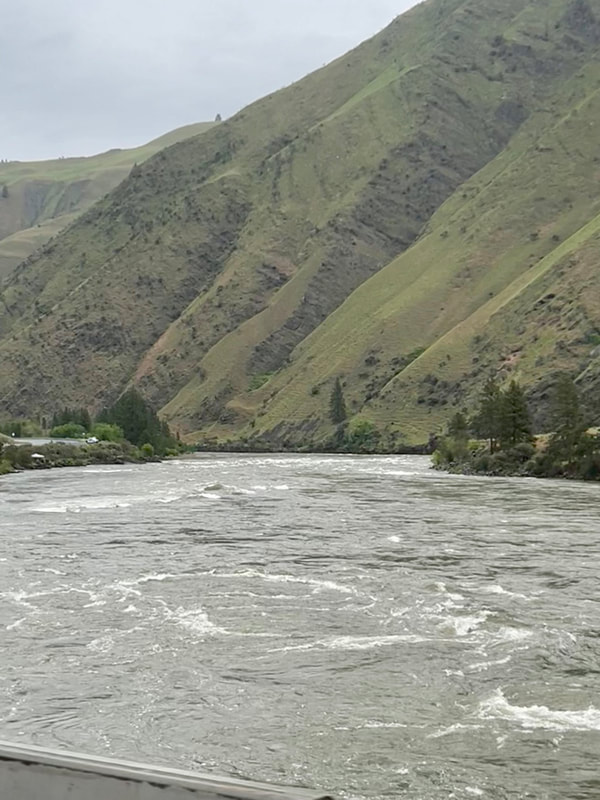
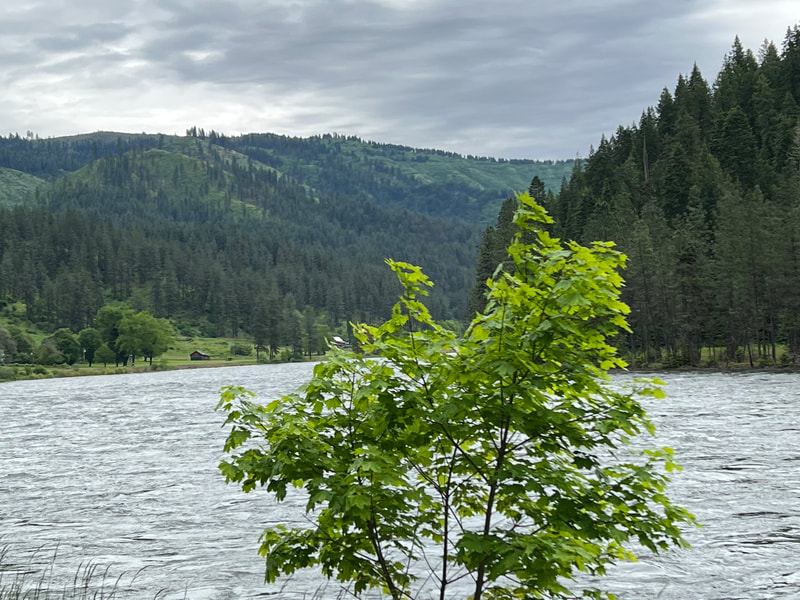






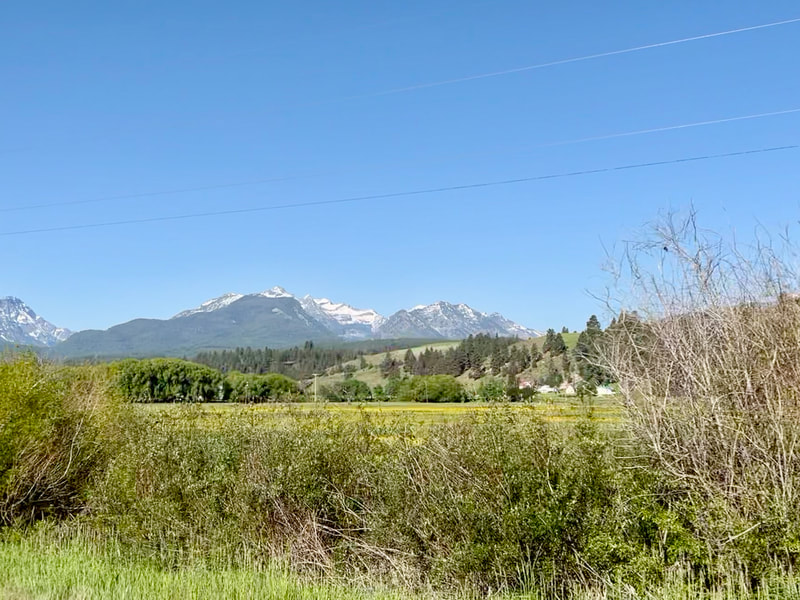
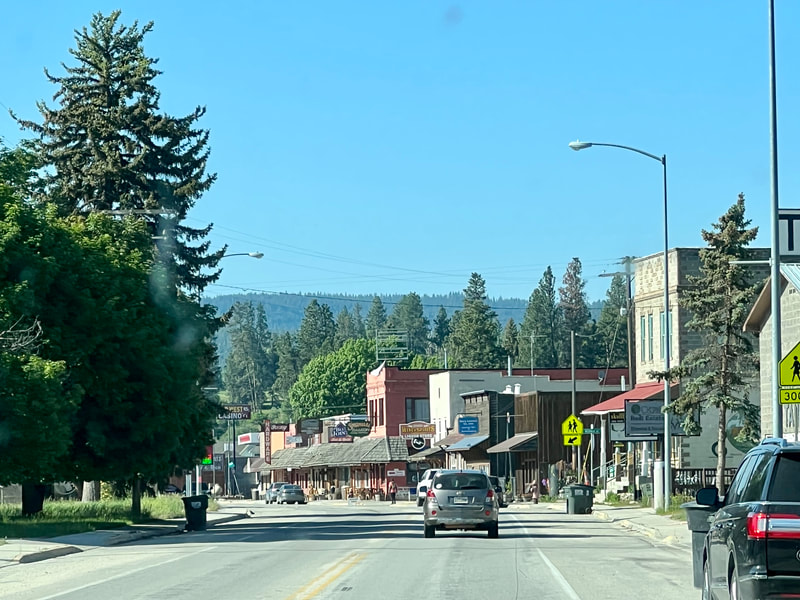
 RSS Feed
RSS Feed